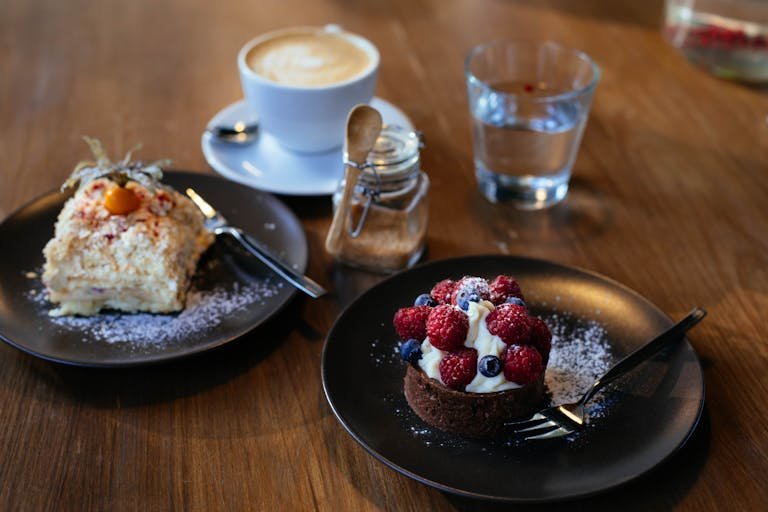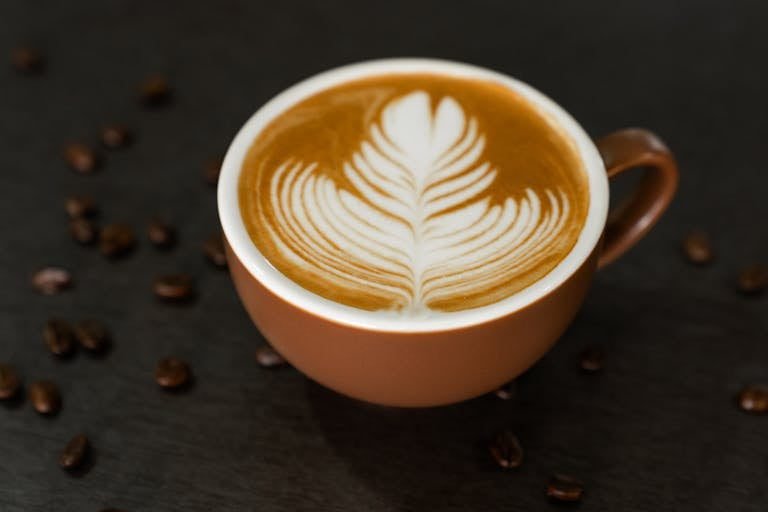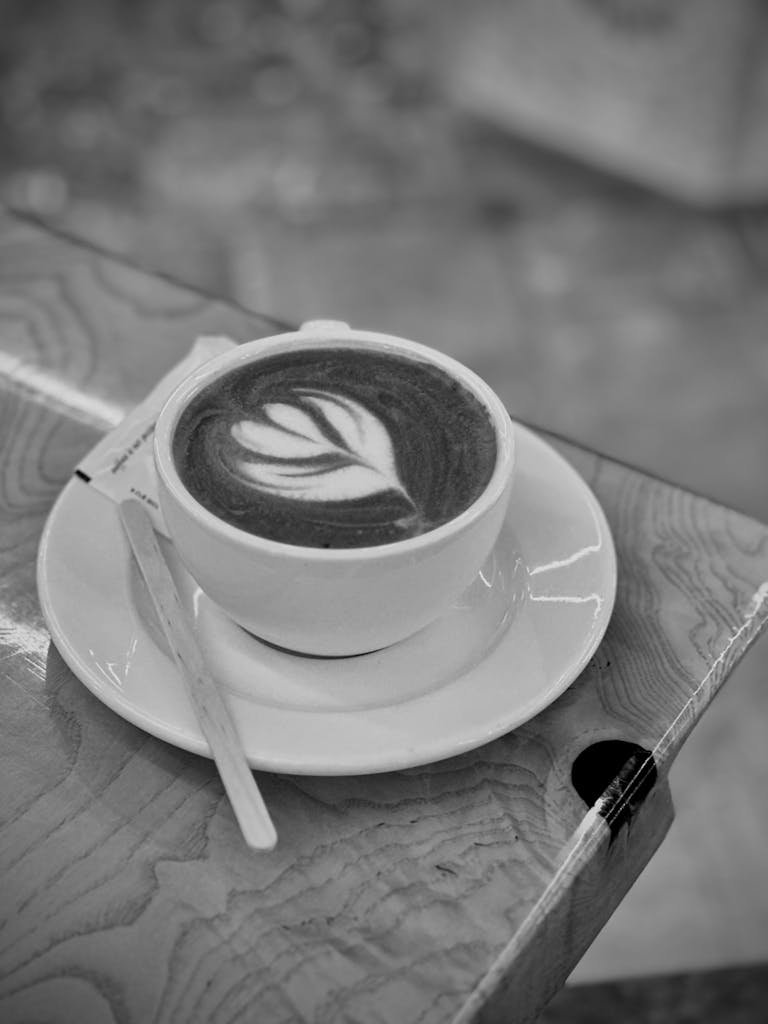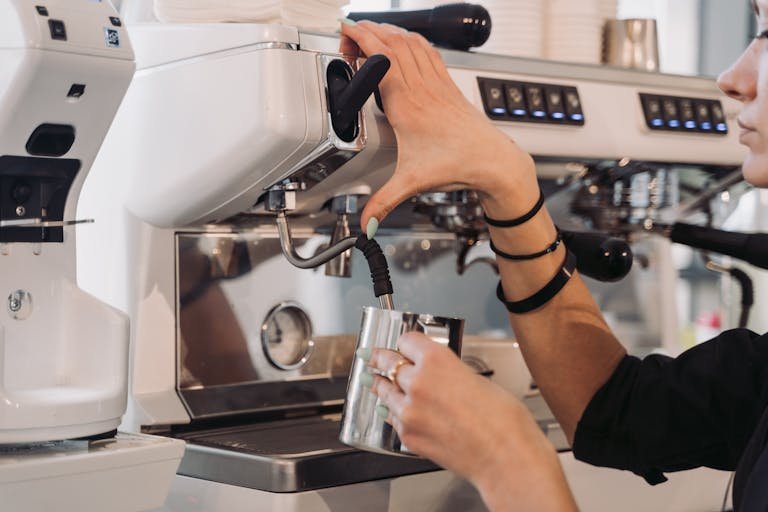For coffee enthusiasts, home baristas, and specialty coffee lovers, mastering the art of dialing in espresso is essential. It’s the key to unlocking the rich, complex flavors that make espresso so captivating. Understanding how to dial in espresso ensures you consistently brew a perfect shot, highlighting the unique characteristics of each coffee bean. In this guide, I’ll walk you through the process, providing valuable insights, practical tips, and expert advice to help you elevate your espresso game.
Understanding the Variables: Grind Size, Coffee Dose, and Brew Time
Grind Size
Grind size is one of the most critical variables in dialing in espresso. The fineness or coarseness of the grind directly affects the extraction process. A finer grind increases the surface area of the coffee, leading to a slower extraction and a richer, more intense flavor. Conversely, a coarser grind results in a faster extraction with a lighter, less intense flavor.
Coffee Dose
The coffee dose refers to the amount of ground coffee used for a single shot of espresso. Typically measured in grams, the coffee dose impacts the strength and balance of the espresso. A higher dose generally produces a stronger, more concentrated shot, while a lower dose yields a milder flavor. Finding the right dose for your taste preferences is crucial to achieving a balanced shot.
Brew Time
Brew time, or extraction time, is the duration it takes for water to pass through the coffee grounds. This variable influences the flavor profile of the espresso. A longer brew time extracts more flavors, resulting in a bolder, more complex shot. However, over-extraction can lead to bitterness. Conversely, a shorter brew time may under-extract the coffee, producing a sour or weak shot. Striking the right balance is key to a harmonious espresso.
How to Dial in Espresso: Step-by-Step Guide
- Prepare Your Equipment
Ensure your espresso machine is clean and properly calibrated. Check the water temperature and pressure settings to meet the recommended specifications.
- Select Your Coffee
Choose high-quality, freshly roasted coffee beans. Measure out your desired coffee dose using a digital scale for precision.
- Adjust the Grind Size
Start with a medium-fine grind and adjust based on your initial results. Finer grinds slow down the extraction, while coarser grinds speed it up.
- Tamp the Grounds
Distribute the coffee grounds evenly in the portafilter and use a tamper to apply firm, consistent pressure. This ensures uniform extraction.
- Pull a Test Shot
Brew your first shot and observe the extraction time. Aim for an extraction time of 25-30 seconds for a balanced shot. Make note of the taste and any adjustments needed.
- Make Adjustments
Based on your test shot, adjust the grind size, coffee dose, or brew time as needed. Repeat the process until you achieve your desired flavor profile.
Read Also: Why is Coffee Cake Called Coffee Cake?
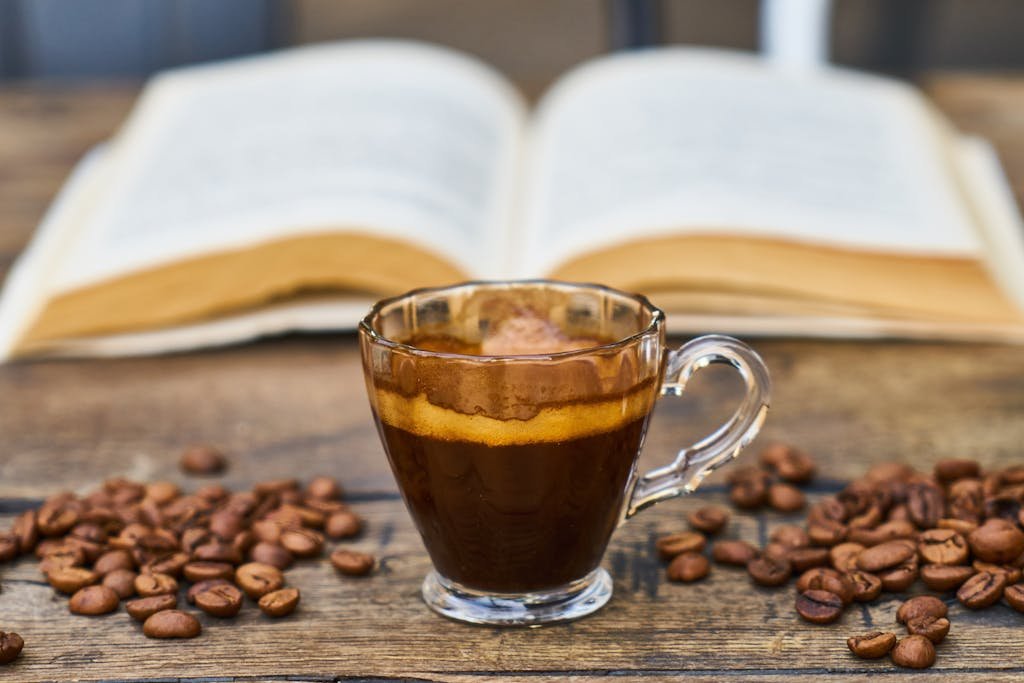
Importance of Consistency and the Role of Tasting Notes
Consistency is crucial in dialing in espresso. By maintaining consistent variables and measurements, you can replicate your best shots and make precise adjustments. Tasting notes play a vital role in this process. Documenting the flavor profiles of each shot helps you identify patterns and make informed decisions. Keep a journal of your tasting notes, including details about the grind size, coffee dose, brew time, and any adjustments made. Over time, this journal becomes a valuable resource for perfecting your espresso.
Dialing in Espresso Chart: A Visual Reference for Precision
Utilizing a dialing-in espresso chart can significantly enhance your precision and efficiency. This chart acts as a visual reference, helping you track and fine-tune each variable. Include columns for grind size, coffee dose, brew time, and tasting notes. Update the chart with each adjustment and shot pulled. Over time, you’ll develop a comprehensive record of your espresso dialing process, making it easier to replicate successful shots and troubleshoot issues.
Tips for Troubleshooting and Fine-Tuning Your Espresso
- Sour or Weak Shots
If your espresso tastes sour or weak, it’s likely under-extracted. Try grinding the coffee finer, increasing the coffee dose, or extending the brew time.
- Bitter or Overly Strong Shots
Bitter or overly strong shots indicate over-extraction. Adjust by grinding the coffee coarser, reducing the coffee dose, or shortening the brew time.
- Inconsistent Shots
Inconsistent shots can result from uneven tamping or channeling. Ensure you distribute the coffee grounds evenly and apply consistent tamping pressure. Check for any blockages in the portafilter.
The Art and Science of Perfecting Your Espresso
Perfecting espresso is both an art and a science. It requires a deep understanding of the variables and a keen sense of taste. Experiment with different coffee beans, grind sizes, doses, and brew times. Pay attention to the nuances in flavor and aroma. Use your dialing-in chart and tasting notes as guides. With practice and patience, you’ll develop the skills to consistently brew exceptional espresso.
Read Also: Discovering the Symphony of Flavors in Cold Brew Coffee
Final Words
Mastering the art of dialing in espresso is a rewarding endeavor for coffee enthusiasts, home baristas, and specialty coffee lovers. By understanding the variables of grind size, coffee dose, and brew time, and using tools like dialing in charts and tasting notes, you can achieve consistently exceptional espresso. Remember, consistency is key, and practice makes perfect. Start your espresso dialing journey today and unlock the full potential of your coffee.
For those looking to explore further, consider booking a session with a professional barista or attending a coffee workshop. These resources offer hands-on experience and expert guidance to refine your skills. Happy brewing!

